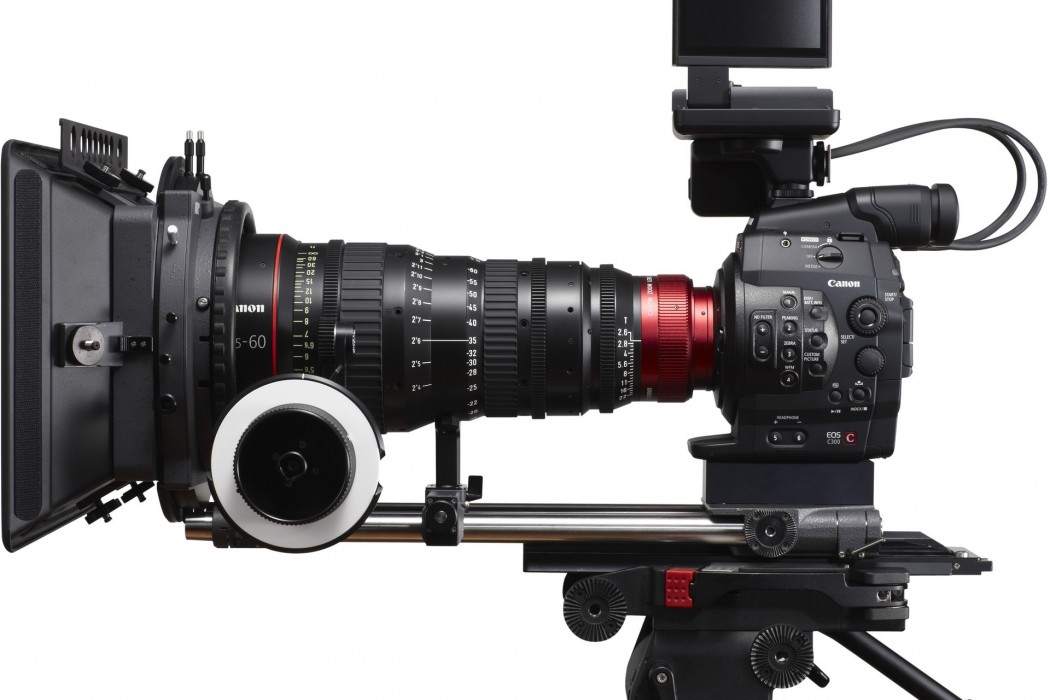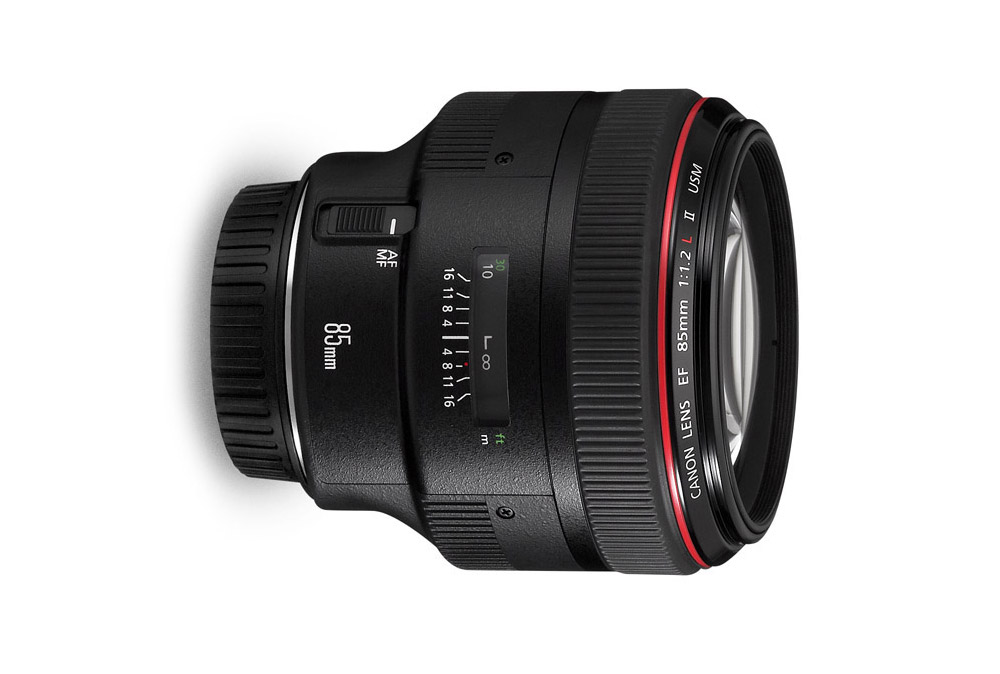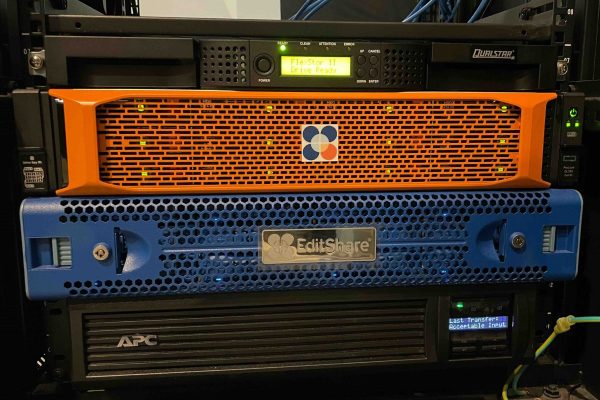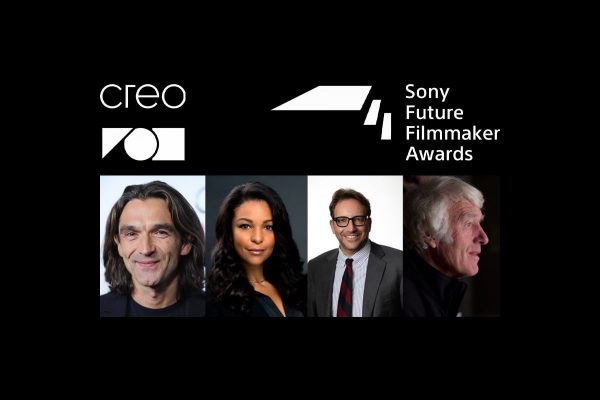That wasn’t a typo, director Josh Greenbaum actually used 18 EOS C300 cameras and a wide variety of lenses to shoot his acclaimed feature documentary The Short Game, currently streaming on Netflix.
The documentary looks into the lives of eight talented young competitors at The World Championships of Junior Golf, in Pinehurst, North Carolina. Greenbaum documented the eight year-old golfers in various countries around the world (South Africa, the Philippines, France, China, the United Kingdom and the United States). Filming included everything from traditional documentary-style visits to the homes of the eight young golfers for character-based footage, to extensive tournament coverage.
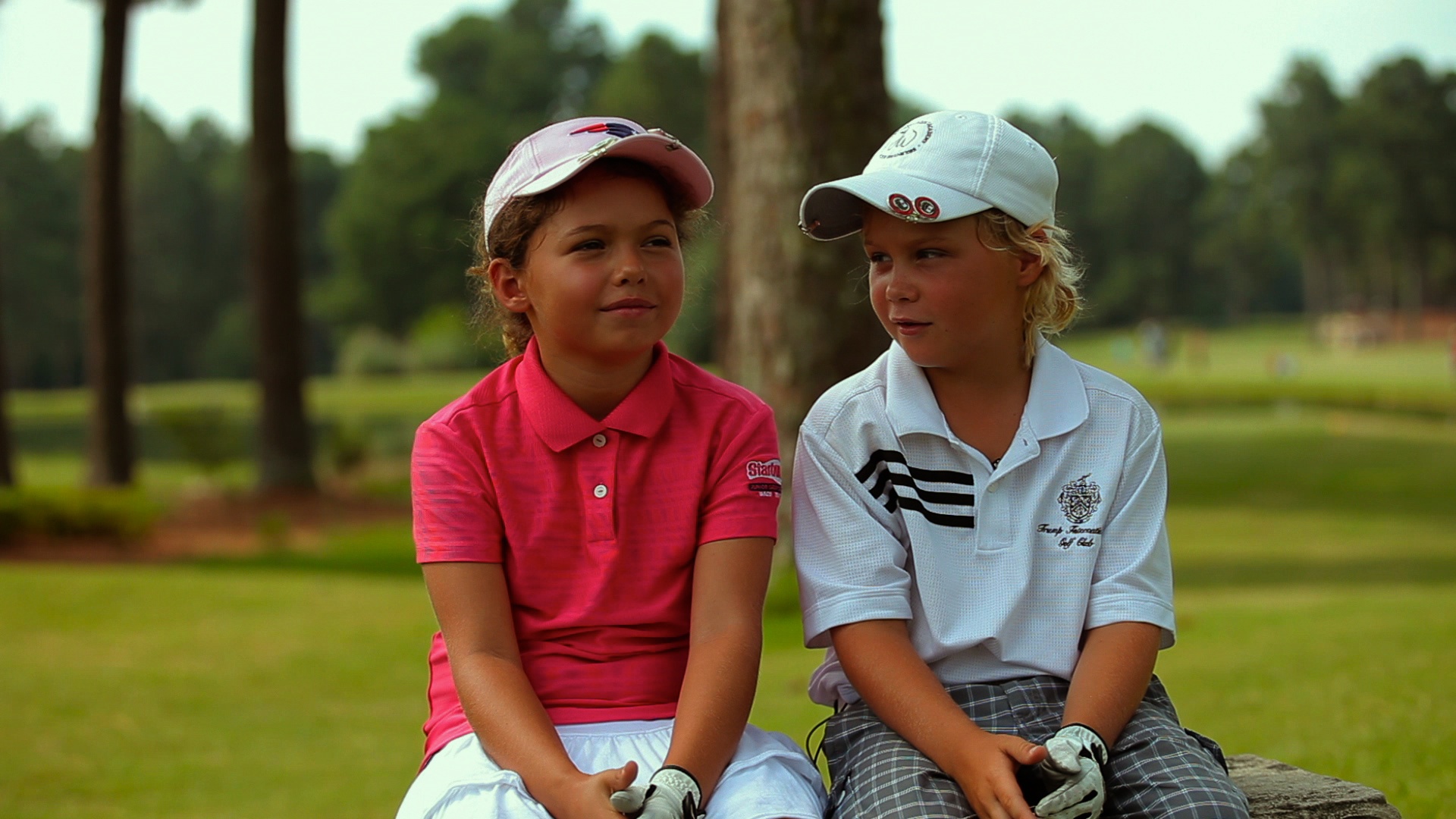
Alexa Pano and Allan Kournikova in a scene from ‘The-Short-Game’
Due to the diverse situations when filming of the sport of golf, shooting The Short Game required cameras and lenses that could deliver both cinematic quality and a stealthy form to avoided distracting junior golfers whilst providing easy maneuverability around the course.
Greenbaum and Director of photography J.B. Rutagarama worked out a camera-coverage strategy for each player’s journey from the tees to the putting greens during the tournament. They formed camera teams dividing duties among 18 different camera operators. Settings on all of the cameras were matched for a consistent look and each team was provided with the same set of lenses, “which were crucial to obtaining the coverage details and subtle visual esthetics that helped give ‘The Short Game’ its unique and playful charm,” said Rutagarama.
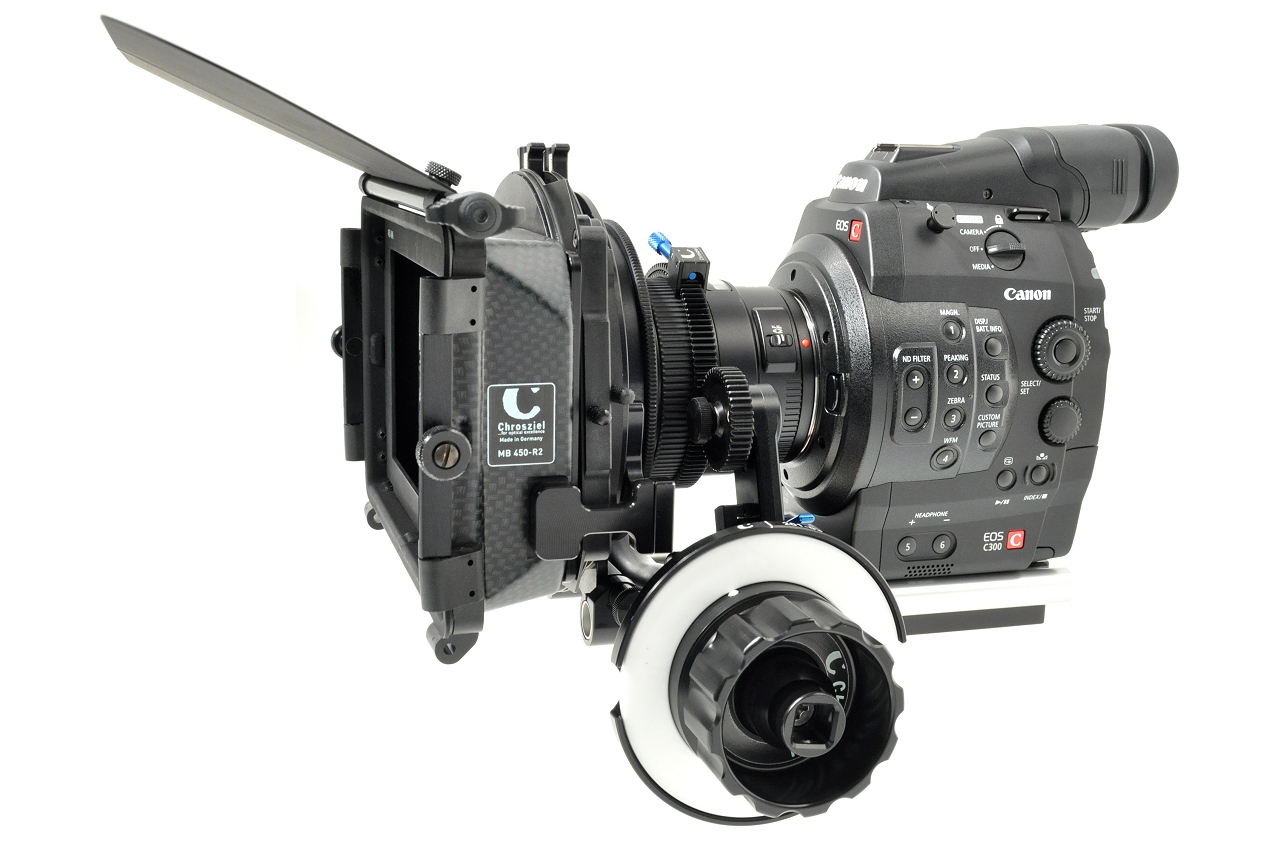
Canon Cinema EOS C300 with Chrosziel Studio Rig Cine 204-01, the 401-94 LWS, and 201-22 Focus Drive
“The Canon EOS C300 is so small and portable, [it] does not require a big crew, which could have intimidated our young subjects,” Greenbaum said. “With a short enough lens on the camera you can even steal shots in airports and other places, which is great for shooting a documentary.”
Greenbaum chose to shoot his subjects in natural light so as not to scare the youngster’s or illicit a ‘performance’ for the camera, saying “When you’re filming a documentary you’re hoping to find truth and honesty, but too many lights can make people very aware that they are being filmed.”
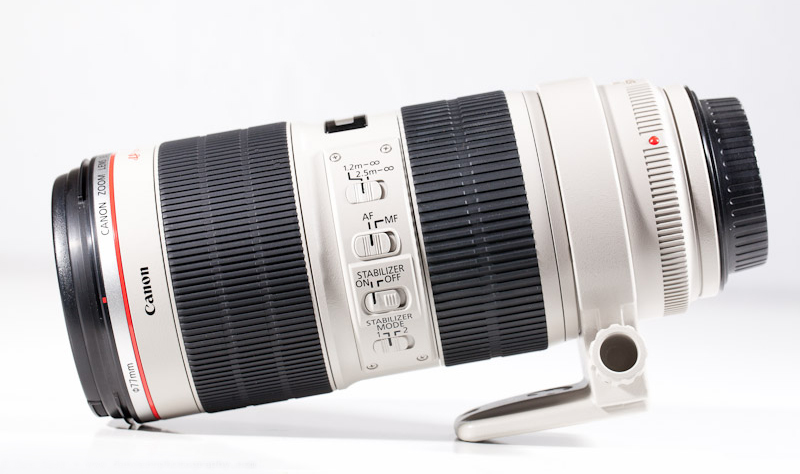
Canon EF 70-200mm f/2.8L IS II USM
Lenses
Interestingly, Greenbaum and Rutagarama chose to shoot on the very lenses we suggested every filmmaker should keep in their kit in our Primes VS Zooms article – the Canon EF-S 17-55mm f/2,8 IS USM and the Canon EF 70-200mm f/2,8L IS II USM.
“We chose the 17-55mm standard zoom to be on the EOS C300 camera positioned behind each golfer as they teed off, with a longer 70-200mm telephoto zoom lens on a camera positioned for a 45-degree frontal shot to capture their facial expressions,” Rutagarama explained. “Then another Cinema EOS C300 camera would see where the ball landed, or the 45-degree frontal EOS C300 camera would pan over and try to capture the ball. The camera with the wider EF-S 17-55mm lens that was behind the player would follow the parent and golfer for an emotional reaction as they moved ahead on the course, and the longer-zoom lens operator would run well ahead to set-up a shot of where the ball was for the next shot.”
The image stabilisation (IS) feature built into both lenses was crucial to successful coverage of the tournament portion of The Short Game, both director and cinematographer stated. Greenbaum said. “J.B. shot a lot of hand-held, and many of the DP’s couldn’t believe that the IS worked so well all the way at the 200mm end.”
Rutagarama agreed. “When you’re filming golf, you’re following a tiny ball and you’re obviously going to be shaking, but I was really impressed by how the EF 70-200mm held steady. The film really happens after the shots – when the kids are reacting to how they just did or talking about what to do next – that was all very much handheld.”
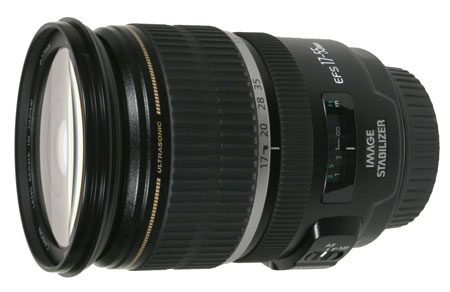
Canon EF-S 17-55mm f/2.8 IS USM
Greenbaum really wanted his audience to connect with the world of his film’s characters, particularly the fact that these youngsters were competing on a grand golf course, which was designed to accommodate professional adult sports people.
In order to evoke that childish wonder and the sheer size of the course compared to the stature of the film’s eight yr-old competitors, the filmmaker’s decided to shoot with wide-angled lenses. Specifically the new EF 16-35mm f/2.8L II USM ultra wide-angle zoom and the (previously mentioned) EF-S 17-55 f/2.8 IS USM standard zoom, which helped emphasise the size of the challenge facing the youngsters.
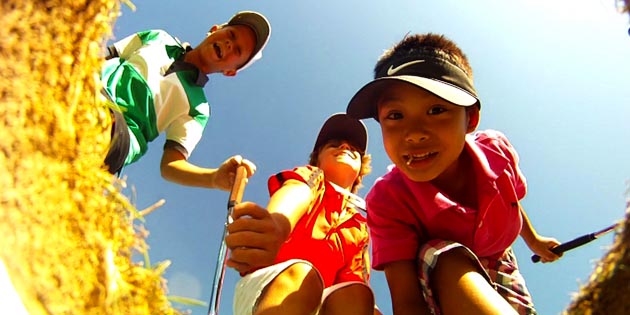
‘The Short Game’ promotional image
“I love the feeling of images captured by our wide lenses because that’s how the world feels to a kid,” Greenbaum confided. “It’s kind of big, dynamic, and exciting when you move through space on a wider lens, we used wide two-shots to film the kids walking with their caddy/parent so we could juxtapose the size of the kids with adults and with trees in the background. It makes a visual statement when you see that the kids are the same size as a golf bag.”
The filmmakers drew from a broad selection of other lenses for specific tasks during other parts of filming. A Canon EF 100 f/2.8 L IS USM macro lens was used to capture close-ups of golf balls rolling into holes and dramatic shots of gloves being pulled on to young hands before game play. A Canon EF 85mm f/1.2L II USM medium telephoto lens was used for close-up two-camera interviews with legendary PGA golfers.
“The shallow depth-of-field, the way the focus falls off, and the bokeh was so impressive across all of our lenses,” Rutagarama informed.
“There was consistency on all the main lenses we used. That was crucial, because you can’t fix that in post. I would be hard pressed to be able to call out exactly which lens we were on while watching The Short Game,” Greenbaum agreed. “I think that’s another benefit of going with all Canon glass; there is a consistency not only in the sharpness, but even in the color.”
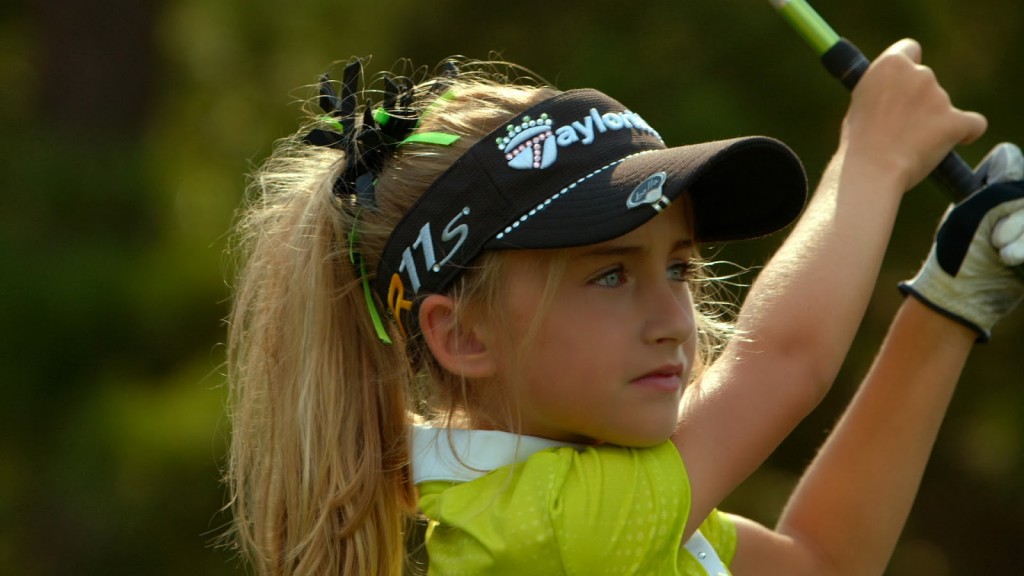
Workflow
The director and cinematographer also made good use of the Canon Log Gamma setting, (which is capable of up to a full 12 T-stops of exposure latitude) whilst shooting the film.
Greenbaum noted. “I did the color with a major Hollywood posthouse and was able to do so much with their colorist after the fact. The ability to dig into the dark scenes was so critical to our needs. Every kid wore a brim hat or a visor, which cast a shadow over their eyes. Canon Log enabled us to get that range so that we could see not only the bright, sunny parts of the picture but yet also dig into the shadows and show the emotion in the kids’ eyes underneath the brim.”
Post-production workflow for The Short Game went smoothly, the filmmakers report. During the tournament an on-location DIT (digital imaging technician) and his assistant gathered CF (Compact Flash) cards from each of the 18 EOS C300 cameras every evening to copy and log footage, and then return the cards. Accustomed to working in film and video, Greenbaum soon learned to appreciate the advantages of working with CF media.
“It worked great,” he noted. “The CF media used by the cameras enables quick transfers and inexpensive recording media, which in the documentary world is really helpful. We managed the media quite well and overall we kept it all very, very organized.”
The Short Game is now available on Netflix and DVD.
For more info on The Short Game: theshortgamemovie.com
For more info on Zacuto rigs: www.zacuto.com
For more info on Chrosziel rigs: www.chrosziel.com
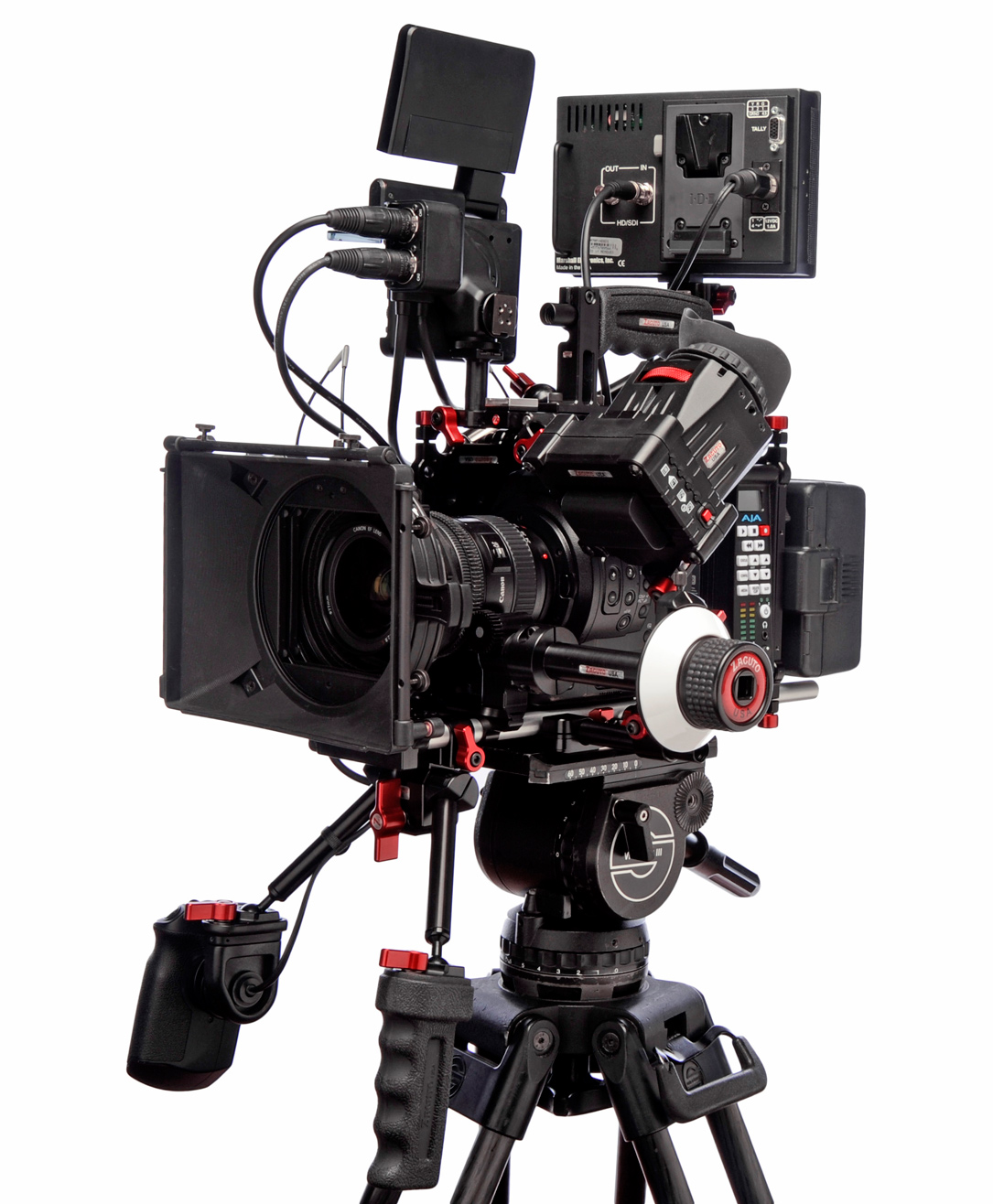
Canon Cinema C300 with Zacuto studio rig
Excerpts from Press Release

